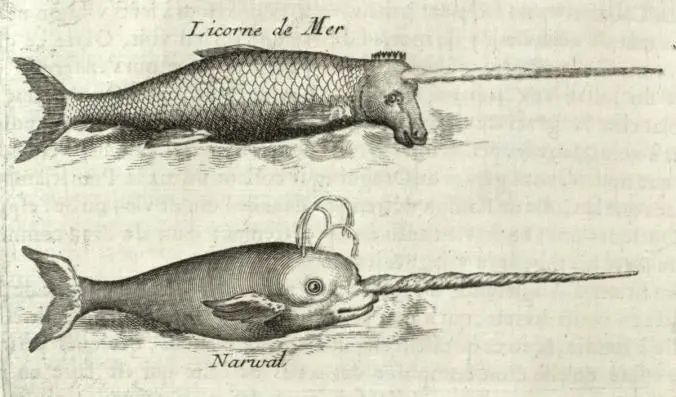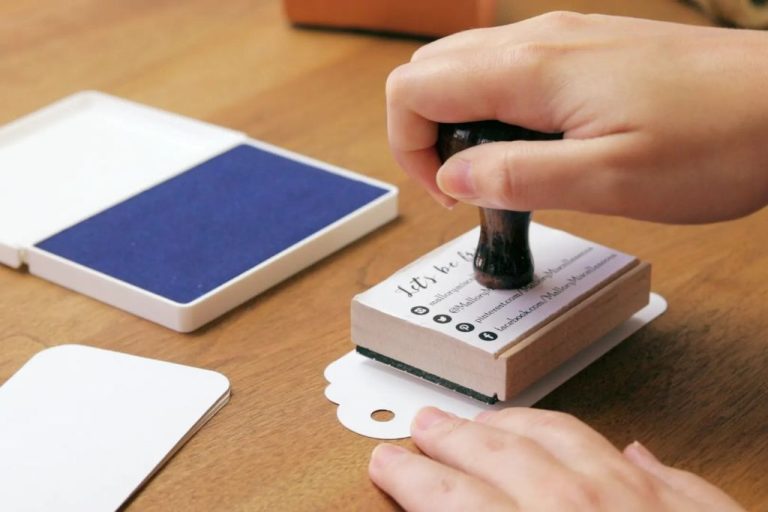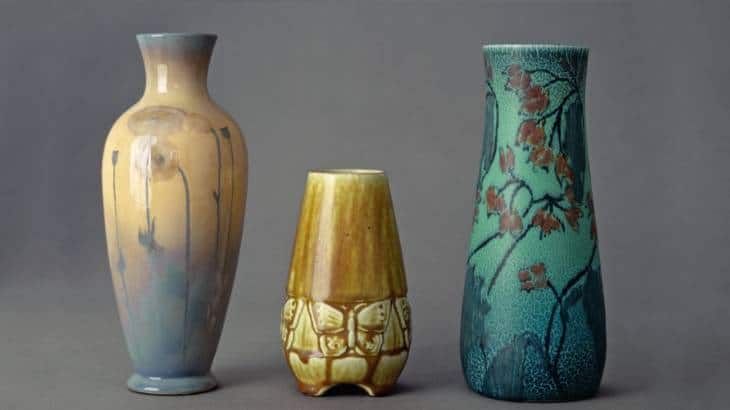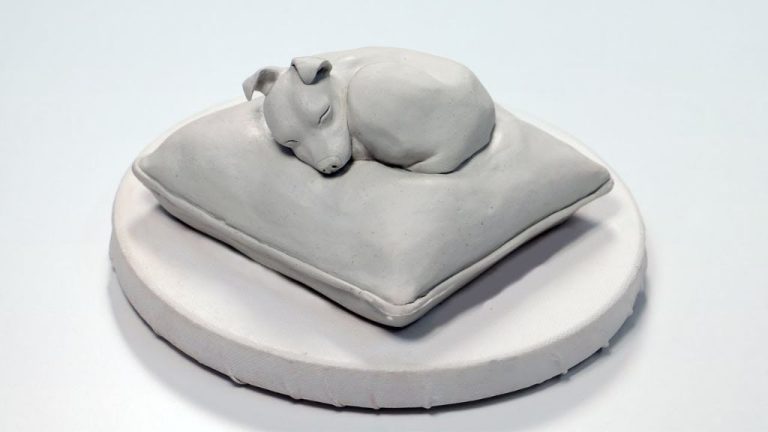What Is A Unicorns Horn Called?
A unicorn is a mythical creature that has been described in various stories and legends throughout history. Unicorns are most commonly depicted as a white horse-like animal with a single, spiral horn projecting from its forehead. This horn is known by several names, which this article will explore.
The unicorn’s horn is its most distinguishing feature. It grows directly from the unicorn’s forehead and is said to have magical properties. The horn is long, slender, and sharply pointed. It typically ranges from around 1 to 4 feet in length. The horn is made of keratin, the same material as human fingernails and animal hooves.
Names for a Unicorn’s Horn
The most common name for a unicorn’s horn is simply “unicorn horn.” Other names include:
- Alicorn – This name derives from the French “alicorne” and refers to the horn itself. “Alicorn” can also refer to a winged unicorn.
- Horn of a unicorn – A more descriptive name that specifies it is the horn belonging to a unicorn.
As mythical creatures, unicorns have been described in various legends and stories across different cultures. But the defining feature has been the single horn protruding from their forehead. This horn is unique to the unicorn and serves as the source of their magical powers in mythology. The simplest and most common name is just “unicorn horn”, highlighting the direct association between the unicorn and its horn.
References:
[1] https://www.quora.com/What-kind-of-horn-does-a-unicorn-have
Origins and Mythology
Unicorns have been part of myths and legends for thousands of years, appearing in ancient stories from China, India, and Greece. According to The Mysterious Mythology Of Unicorns, early legends often portrayed unicorns as fierce and dangerous creatures that could only be tamed by a virgin woman. Over time, unicorns became more commonly shown as gentle, magical creatures in European tales.
The unicorn’s horn was believed to have healing and protective powers, which is why it became highly prized in medieval times. Unicorn horns were sold and traded, often under the false pretense that they came from real unicorns. According to mythology, the unicorn’s horn could detect and counteract poisons, which gave rise to the idea that drinking vessels made from unicorn horns could neutralize toxins.
Unicorns were also seen as a symbol of purity, grace, and femininity. Legends stated that only a maiden could tame a unicorn, so they became associated with virginity and chastity. Their symbolic meaning evolved over centuries, but mythic unicorns were consistently seen as rare, beautiful, and magical creatures.
Description and Physical Attributes
A unicorn’s horn is most commonly described as being a long, spiraling horn protruding from the forehead of the unicorn. According to mythology, the horn is made of a material that is stronger than steel but lighter than aluminum (UnicornYard, 2022).
The horn is typically described as being around two feet long on average. However, some stories depict unicorn horns as being even longer. The horn spirals upward in a twisted, corkscrew shape. It comes to a very sharp point at the end, which is said to be able to pierce nearly anything (UnicornWonders, 2022).
Unicorn horns can come in a variety of colors, though white or pearly hues are most common in mythology. Other potential colors include silver, gold, various metallic or iridescent shades, and occasionally even rainbow. The surface is smooth, though may have a fine grain or subtle swirling pattern along the spiral. Overall the horn has an ivory-like appearance (UnicornYard, 2022).
Magical Properties
The unicorn’s horn has long been attributed with magical healing powers and the ability to purify and act as an antidote. According to ancient mythology, the unicorn’s horn could render poisoned water potable and cure sickness.[1] Myths state that the unicorn’s horn could counteract any poison and immediately neutralize toxins. Even touching the horn was thought to protect against disease.
Medieval writers expanded on these beliefs, claiming that unicorn horns could magically heal a wide range of maladies and illnesses. Grinding up powder from the horn and ingesting it or touching the horn to affected areas of the body was believed to cure rabies, plague, epilepsy, and other conditions.[2] Unicorn horns were highly prized for their purification and antidote properties.
While these healing powers remain the stuff of myth and legend, the unicorn’s horn continues to symbolize magic, purity, and protection in literature and popular culture today.
[1] https://www.shecodes.io/challenge_submissions/444844/embed
[2] https://www.ancient-origins.net/myths-legends/magic-unicorn-horn-0010750
Unicorn Horn in Literature
Unicorn horns have been referenced in classic literature and folklore for centuries. In European folklore, the unicorn’s horn was believed to have magical healing powers that could render poisoned water potable and cure sickness (Wikipedia, 2023). The unicorn’s horn features prominently in medieval bestiaries, which were encyclopedias of animals that often included mythological creatures.
One famous example is a 13th century bestiary known as Physiologus, which states that the unicorn horn can “dispel noxious vices and sins” (Wikipedia, 2023). In the 16th century epic poem The Faerie Queene by Edmund Spenser, the Redcrosse Knight wears an armor adorned with a unicorn’s horn to protect him on his quest (Wikipedia, 2023).
Unicorn horns and their magical properties are also referenced in classic children’s literature. In Lewis Carroll’s 1871 novel Through the Looking-Glass, Alice meets the White Unicorn who believes she has lost her horn. In the popular Harry Potter book series, unicorn horns, tail hair, and blood are used as potion ingredients for their healing and magical properties.
Unicorn Horn Trade

Unicorn horns were highly valued as commodities in medieval times, primarily for their believed medicinal properties. Although they did not come from actual unicorns, these horns originated from narwhal tusks and were traded across Europe and Asia. According to History.com, the unicorn horn trade became prominent in the Middle Ages when unicorns were seen as holy, almost divine animals. The twisted, spiraling shape of the narwhal tusk fit the common image of a unicorn’s horn.
These unicorn horns were thought to have magical powers as antidotes that could detect and counteract poisons. Royals and nobles would use powdered unicorn horns to test for poisoned food and drink. According to Atlas Obscura, this belief stemmed from the horn’s purifying and cleansing properties in medieval myths and texts. The mystical abilities surrounding unicorn horns made them immensely valuable commodities, reserved only for elite members of society. Their rarity and significance led to the establishment of a profitable trade network across Europe and Asia.
Unicorn Horns Today
Modern interest in unicorns has surged in recent decades, with their horns particularly calling attention. In India, the horns of the one-horned rhinoceros have sadly been poached and harvested for trade sold fraudulently as unicorn horns 1. Conservation efforts seek to protect the rhinos and their horns from this threat.
Some collectors still prize antique unicorn horns, driving demand on the black market. However, tests have revealed them to be narwhal tusks or other animal horns rather than from actual unicorns 2. Unicorn horns remain highly symbolic, coveted more for their mythic status and magic than scientific origins.
Overall, the modern view appreciates unicorn horns as legendary objects of imagination and fantasy. Their conservation reminds us to protect rare creatures, while their enduring appeal speaks to the unicorn’s special place in the human psyche.
The Meaning and Significance
The unicorn’s horn is rich in symbolism and meaning. Many cultures see the horn as representing purity, innocence, and divinity. In the Bible, unicorns are sometimes used to symbolize Christ. The unicorn’s ability to purify poisoned waters was seen as a metaphor for Christ’s redemption and purification of sin (Wikipedia, 2022).
Celtic myths present unicorns as a symbol of feminine power and the moon. The unicorn’s horn represents the sacred feminine, intuition, and mystical insight. Many pagan faiths associate unicorns and their horns with feminine divinity and the Goddess. The spiral shape of the horn echoes ancient Goddess symbols seen in nature (Quora, 2022).
Across many faiths and cultures, unicorn horns represent rare magic, sacred wisdom, and spiritual awakening. Possession of a unicorn’s horn was believed to protect against diseases or evil spirits. The magical properties of the horns link them to enlightenment, transcendence and divine blessings (Magical Unicorn Life, 2022).
Today, unicorns remain symbols of miracles, hope, and boundless imagination. Their horns represent heeling, harmony, and the triumph of good over evil. By tapping into the meaning of the unicorn’s horn, we connect to timeless virtues and higher consciousness.
Conclusion
In summary, the horn of the mythical unicorn has captivated imaginations for centuries. Though not proven to exist in nature, the unicorn and its magical horn remain an important symbol in mythology, literature, art, and popular culture. The unicorn’s horn represents purity, healing, and divine power. Stories and myths grant unicorn horns miraculous abilities, setting them apart as fantastical objects of wonder. Though often used for dubious medicinal purposes in past centuries, the intangible magic and meaning of the unicorn’s horn persists. Its lore continues to inspire and endure. Though the true unicorn may never be found, its horn – in legend and symbolism – matters a great deal.






